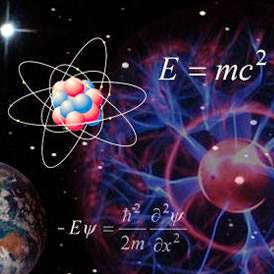 |
| Image Source: ESA Rosetta Blog |
A close-up of Comet 67P/Churyumov-Gerasimenko by NASA's ultraviolet instrument surprised scientists by revealing that electrons close to the comet's surface—not photons from the Sun as had been believed—cause the rapid breakup of water and carbon dioxide molecules spewing from the surface.
Since last August, the European Space Agency's Rosetta spacecraft has orbited within a hundred miles of the comet in this historic mission. The spectrograph onboard, named Alice, specializes in the far-ultraviolet wavelength band and was developed by Southwest Research Institute (SwRI). Alice examines light the comet is emitting to understand the chemistry of the comet's atmosphere, or coma. A spectrograph is a tool astronomers use to split light into its various colors. Scientists can identify the chemical composition of gases by examining their light spectrum. Alice is the first such far-ultraviolet spectrograph to operate at a comet.
 |
| NASA's Alice ultraviolet (UV) spectrograph, seen here during construction, is aboard the European Space Agency's Rosetta spacecraft. Credit: Southwest Research Institute |
"The discovery we're reporting is quite unexpected," said Alice instrument Principal Investigator Dr. Alan Stern, an associate vice president in SwRI's Space Science and Engineering Division. "It shows us the value of going to comets to observe them up close, since this discovery simply could not have been made from Earth or Earth's orbit with any existing or planned observatory. And, it is fundamentally transforming our knowledge of comets.
Phys.org: Alice instrument's ultraviolet close-up provides a surprising discovery about comet's atmosphere

No comments:
Post a Comment